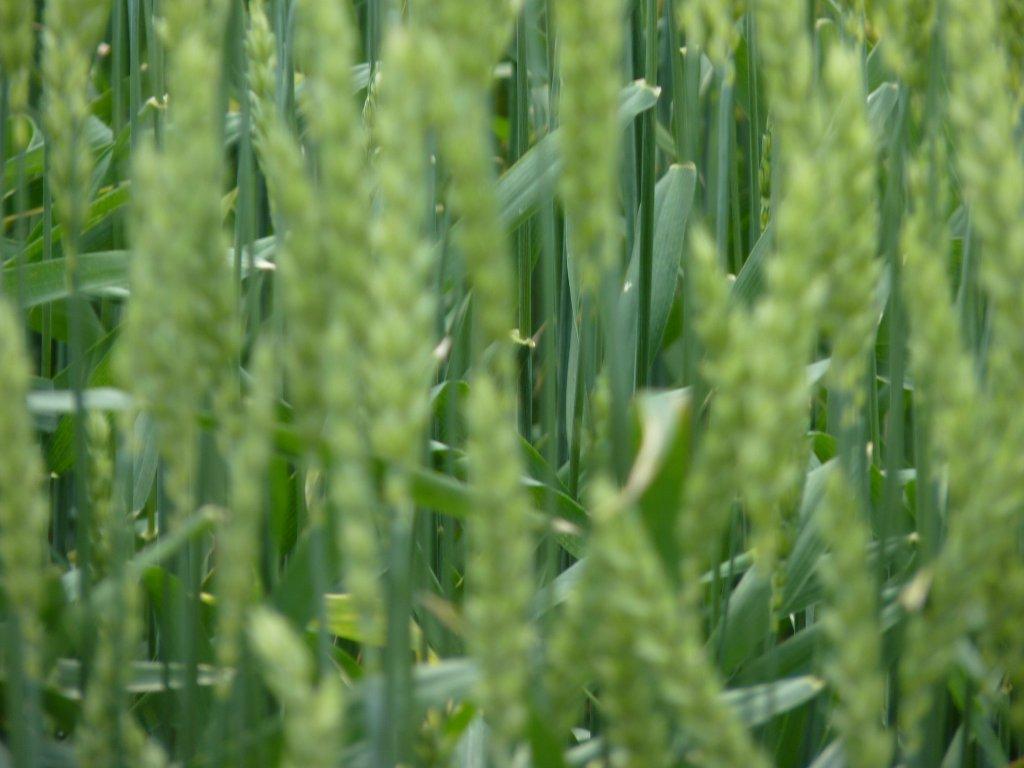Research highlights – UPDATE
ENHANCING WINTER WHEAT PERFORMANCE AND QUALITY
In 2013, Dr. Lily Tamburic-Ilincic, Research Scientist at the University of Guelph Ridgetown Campus, completed her research project to enhance hard red winter wheat performance and quality by host resistance to multiple diseases and fungicide application, with the goal to lower levels of mycotoxins while keeping proteins levels high. This research was originally featured in the 2012 Breeding and Genetics research highlights after the first year of the study.

Trials were planted in October of 2011 and 2012 of a cross between Maxine and FT HP Redeemer double-haploid population (DH). In the spring and summer of 2012 and 2013, select trials were inoculated for Fusarium head blight (FHB) and Septora tritici blotch (STB). Deoxynivalenol (DON) levels in the grain were assessed after harvest in both seasons.
Trials of Princeton wheat were also planted in October of 2011 and 2012. In the spring of 2012 and 2013, different levels of nitrogen were applied and selected plots were sprayed with a single fungicide or two fungicides at different times.
Quality characteristics for all DH lines and Princeton treatments including protein level, thousand kernel weight, and yield were evaluated for both seasons. STB symptoms were also evaluated in the Princeton wheat.
The project provided better understanding of hard red winter wheat resistance to Fusarium and Septoria pathogens and their control by host resistance, fungicides, and nitrogen application. Tamburic-Ilincic says additional knowledge was gained about the effect of different nitrogen rate and fungicide application on agronomic characteristics, quality, and mycotoxin management in hard red winter wheat.
The main benefits associated with fungicide treatments were significantly lower Fusarium head blight index and DON accumulation, decreased Septoria levels, and increased thousand kernel weight, yield, and test weight. The highest grain protein level in this study was obtained after application of 125 kg/ha of nitrogen and without fungicide application.
Methodologies that were developed to simultaneously screen for Fusarium and Septoria phenotypic resistance will be used directly by the University of Guelph Ridgetown Campus wheat breeding program and may lead to the development of hard red winter wheat cultivars with high levels of resistance to both diseases. Wheat lines identified in this project will be used in new crosses with the goal to develop and register new hard red winter wheat cultivars with high levels of resistance to multiple diseases, high protein, and low mycotoxin levels.
Investment in this project has been provided by Agriculture and Agri-Food Canada through the Canadian Agricultural Adaptation Program (CAAP). In Ontario, this program is delivered by the Agricultural Adaptation Council.
You can read about other projects funded by Grain Farmers of Ontario in the latest research highlight (Insects and Diseases) distributed with the June/July issue of the Ontario Grain Farmer magazine. You can also find a copy online at: http://gfo.ca/Research.aspx. •

















